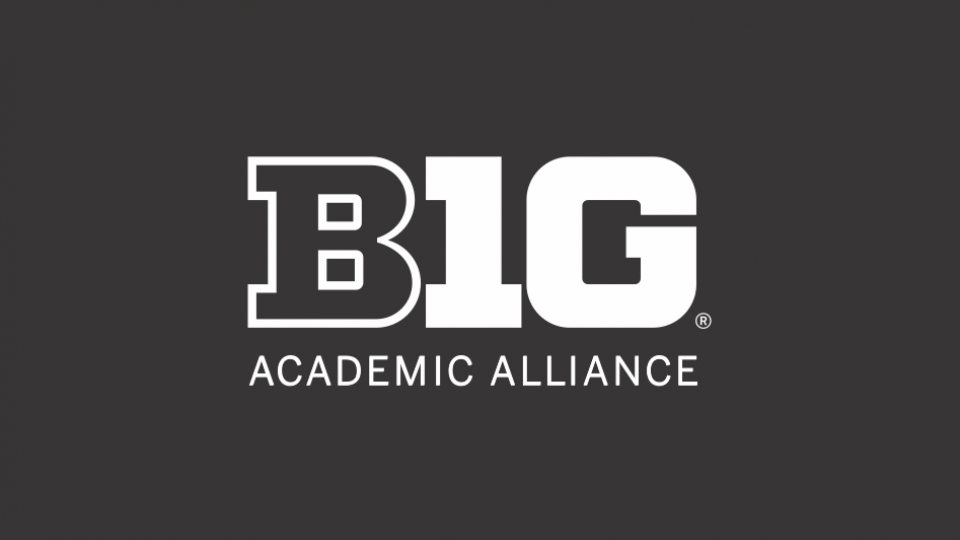· 3 min read
CIC becomes Big Ten Academic Alliance

For nearly six decades, The Committee on Institutional Cooperation has built powerful academic and research connections and increased opportunities for member universities’ students and faculty.
On June 30, the CIC, arguably the nation’s preeminent model for effective collaboration among research universities, began operating under a new name – the Big Ten Academic Alliance. The new name directly and succinctly explains the identity and mission of the organization, which includes all Big Ten universities, officials said.
“As the CIC’s programs and initiatives increased in size and scope and achieved greater national impact, it became evident that the words ‘committee on institutional cooperation’ did not reflect our work and made it difficult to engage with important stakeholders such as policy makers, government officials and others outside of higher education,” said Barbara McFadden Allen, executive director of the Big Ten Academic Alliance.
Allen said that while Big Ten schools compete intensely on the court and playing fields, the institutions have a deep and long-standing academic collaboration through the organization. The University of Chicago, a founding member of the Big Ten, will retain a partnership with the new entity, a relationship that will be defined in the coming weeks and months.
The Big Ten Academic Alliance allows students from member and partner universities the opportunity to gain access to more than 120 million library volumes and more than 100 “less commonly taught languages” through the partnership, though individual institutions each average less than 30. Member schools also work together to purchase resources and materials, which led to more than $20 million in savings last year.
The association owns and operates a high-speed internet connection for member universities that is roughly 5,000 times faster than what is available to the average home user – meaning each schools’ faculty, researchers and students can share massive research data and collaborate regionally, nationally and globally in record time.
“The CIC has for decades brought together the universities of the Big Ten, and the long-term positive impact on the academic operations of all participating schools has been profound,” University of Nebraska-Lincoln Chancellor Ronnie Green said. “The new name clearly conveys the identity of our alliance. The benefits to UNL have been immense, and will continue to grow.”
In 1958, the presidents of the Big Ten Conference created the organization now known as the Big Ten Academic Alliance as the athletic league’s academic counterpart. Member universities have more than 60 years of collaborating to advance academic missions, generate unique opportunities for students and faculty, and serve the common good by sharing expertise, leveraging campus resources, and creating innovative programming. Member universities have more than 50,000 faculty and serve more than 600,000 students, and conduct $10 billion in funded research.







